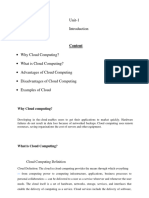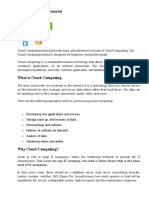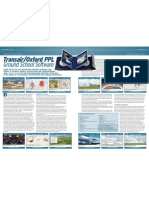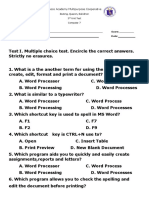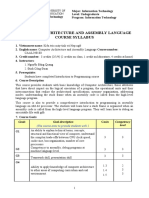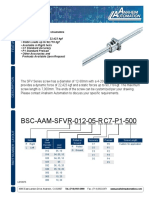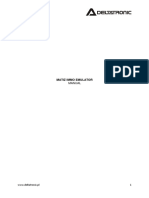0% found this document useful (0 votes)
12 views14 pagesUnit-1 Cloud Computing
INTRODUCTION TO CLOUD COMPUTING
Uploaded by
nisha.bhatiujnCopyright
© © All Rights Reserved
We take content rights seriously. If you suspect this is your content, claim it here.
Available Formats
Download as PDF, TXT or read online on Scribd
0% found this document useful (0 votes)
12 views14 pagesUnit-1 Cloud Computing
INTRODUCTION TO CLOUD COMPUTING
Uploaded by
nisha.bhatiujnCopyright
© © All Rights Reserved
We take content rights seriously. If you suspect this is your content, claim it here.
Available Formats
Download as PDF, TXT or read online on Scribd
/ 14





























